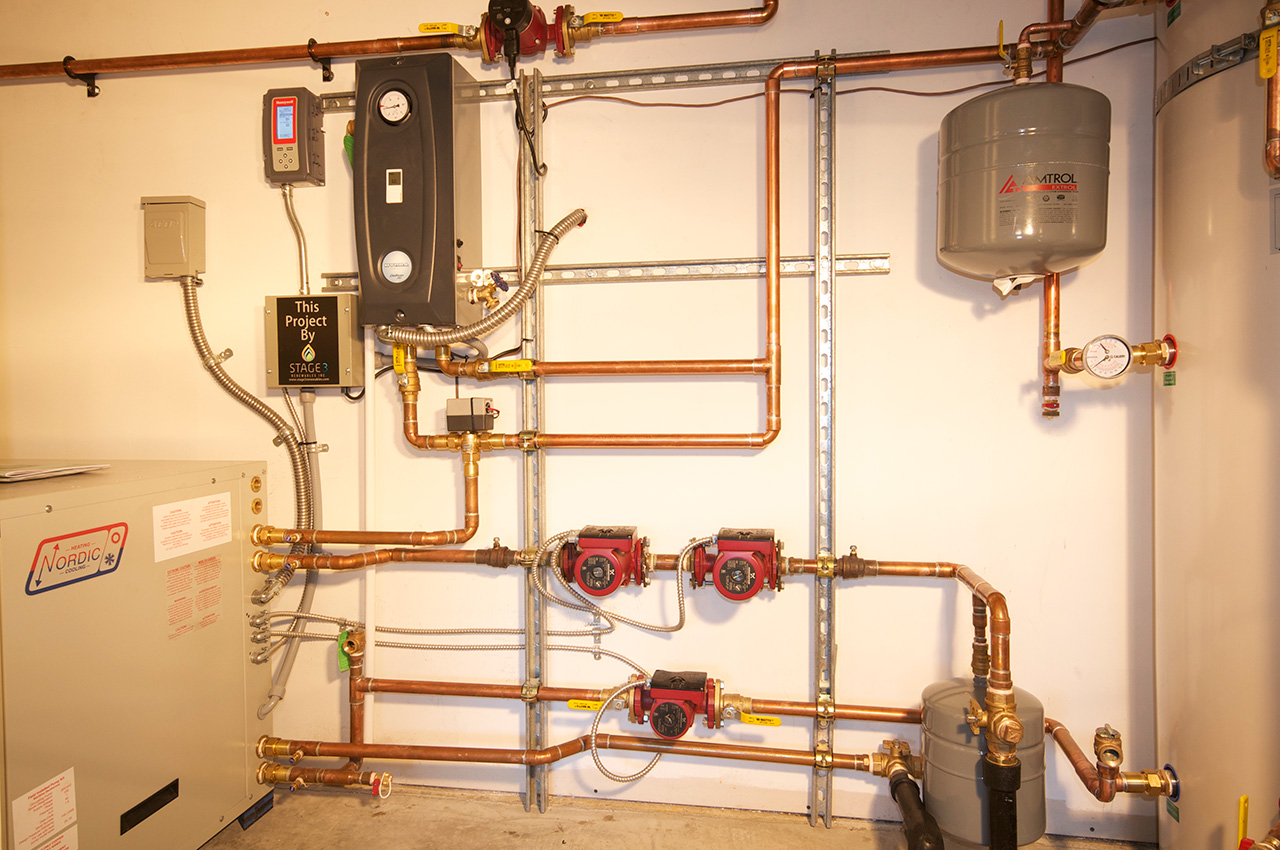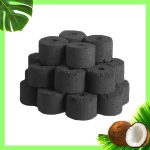What Is The Price Of a Heat Pump?
Ground source heat pumps are a great way to save money on your heating and cooling costs. There are many things you can do to make sure your system is as efficient as possible, including installing new equipment in your home or business, upgrading existing components, or even improving the efficiency of what you already have. While these changes could improve the energy savings your system provides, they also come with an associated price tag. The total cost of ownership (TCO) of any piece of equipment is not just the purchase price, but rather all the expenses that come along with it over its lifespan.
In areas without extremely cold winters, maasoojuspumba hind (ground source heat pump price) are less expensive to run than furnaces. The average cost to install one is roughly $5,696, with prices typically ranging from $4,133 to $7,294. The cost (and energy savings) that each homeowner will experience will be unique.
In order to ensure you get the most out of your system while keeping costs down, here are some factors you should consider when determining the TCO of your ground source heat pump.
The Cost of Installation
Depending on which type of installation you choose for your GSHP, there will be different costs that go into a project like this. If you decide to install your unit yourself, you’ll end up paying for labor and materials (or supplies). You may also need permits, depending on where you live. For example, if you’re planning on installing a geothermal system in your basement, you’ll likely need to get approval from building inspectors before moving forward. They may require you to complete certain construction tasks, such as installing concrete footings, adding vents, or making other modifications. Some municipalities, like New York City, require geothermal systems to be installed underground in order to protect the environment. This makes underground installations more expensive than above-ground installations since they require more excavation work and may also necessitate additional permits. In addition, underground units can take anywhere from two to five times longer to install than their above-ground counterparts.

There are several ways to reduce your costs during the installation process. One option is to contact local contractors who specialize in installing GSHPs. They’ll offer you installation estimates, provide quotes for the parts needed, and perform necessary inspections so you know exactly how much time and money you’re spending. Another way to keep your costs down is by purchasing pre-made modules. These kits contain everything you need to connect your system together, including the geothermal module itself, controls, piping, and more. Modules allow you to skip the installation altogether because they can be simply placed into position without digging holes or cutting trenches.
The Cost of Maintenance
Once your GSHP is fully operational, it’s important to regularly monitor its performance and maintain its efficiency. The more often you check your system, the better chance you have at spotting problems before they become major issues. When something goes wrong with your system, it’s best to address the issue right away – before it causes damage or reduces the life expectancy of your equipment. Fortunately, there are many inexpensive options available to help you keep track of the health of your system.
One of the simplest ways to monitor your system is through remote monitoring. Remote monitoring allows you to view data regarding your system’s performance and send notifications whenever anything happens. It can alert you to potential problems before they become major issues or help you pinpoint areas that need maintenance. The cost of remote monitoring varies based on the frequency of alerts, but some providers charge $5-$15 per month. Most importantly, remote monitoring helps you identify potential problems before they impact your system’s performance and cause significant damage.
Another common method of monitoring your system is through monthly reports. Monthly reports give you access to information about how long your system has been running, when it was last serviced, and more. They also include graphs showing temperature and humidity levels throughout the year, which can help you spot trends. Since monthly reports are sent electronically, you won’t have to worry about missing them. And if you don’t want to pay for a subscription service, you can always call your provider and ask for them.
Finally, you can hire someone to inspect your system for free. Many companies offer annual or bi-annual checks to assess your unit’s health and ensure it’s running efficiently. Depending on your location, these services can range in price from $100-$600+ per year. These professionals will take apart your system, inspect all the components, and give you tips on how to improve it. This kind of assistance isn’t cheap, but it’s one of the easiest ways to ensure your system stays in good condition.
The Cost of Replacement Parts
When your GSHP stops working properly, it’s essential that you replace the damaged components. Unfortunately, replacing these parts doesn’t come cheap. The cost of replacement parts depends on the manufacturer, but most manufacturers recommend buying only their own brand of replacement parts.
For example, if you buy GE’s line of geothermal heating and cooling products, you won’t find similar replacements for those made by Trane or Mitsubishi. Likewise, if you use a company’s brand of controllers, you must buy the same brand for your HVAC system. Because each manufacturer produces different models, each one requires a different part number. This means that you may need to buy several different brands of replacement parts for your system instead of one.
If you’re looking for cheaper alternatives, you might want to check out third party manufacturers. Companies like Lennox and American Standard are well known for producing high quality heating and cooling equipment. However, they aren’t household names. Their systems tend to be pricier than others, but they do have a reputation for high quality and durability.
The Cost of Energy
Your GSHP’s energy consumption is another important factor to consider when determining the total cost of ownership. Like other forms of energy generation, the amount of energy produced depends on the size of the system and the climate. Geothermal energy production tends to be higher in colder climates, particularly Alaska and Canada. Because of this, homeowners in these regions usually spend more money on their systems than residents in warmer locations.

Fortunately, there are some steps you can take to lower the energy usage of your system. First, make sure your system is fully functional before turning it on during the winter months. Your heating and cooling needs will be less in the spring, summer, and fall, so you can safely turn off your system until you need it again. Also, consider installing a programmable thermostat. Programmable thermostats let you set different temperatures for various rooms in your house, allowing you to adjust the temperature of each room individually. With a smart thermostat, you can keep your house comfortable all year round. Lastly, remember to close your windows during the winter months in order to prevent unwanted drafts.
These three simple steps can help you save money on your GSHP. By taking advantage of these tools, you can significantly cut back on the energy used and therefore reduce the overall cost of operating your system.



